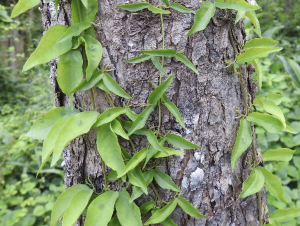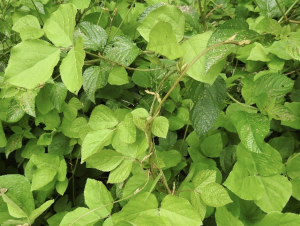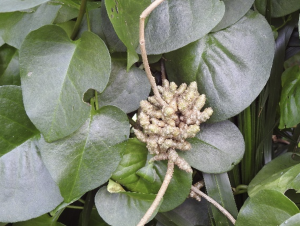MCCG is very proud to host Monica Richter for an evening talk on Wednesday April 20th at 7pm.
Monica Richter, Senior Manager, Low Carbon Futures, Worldwide Fund for Nature (WWF) will present economic strategies to mitigate climate change. Monica is an economist and social ecologist with extensive experience in environmental sustainability and an interest in the role of business in accelerating the uptake of low and zero carbon solutions.
Please join us for this event at The Brookfield Hall, refreshments provided. Doors open 6.30pm.

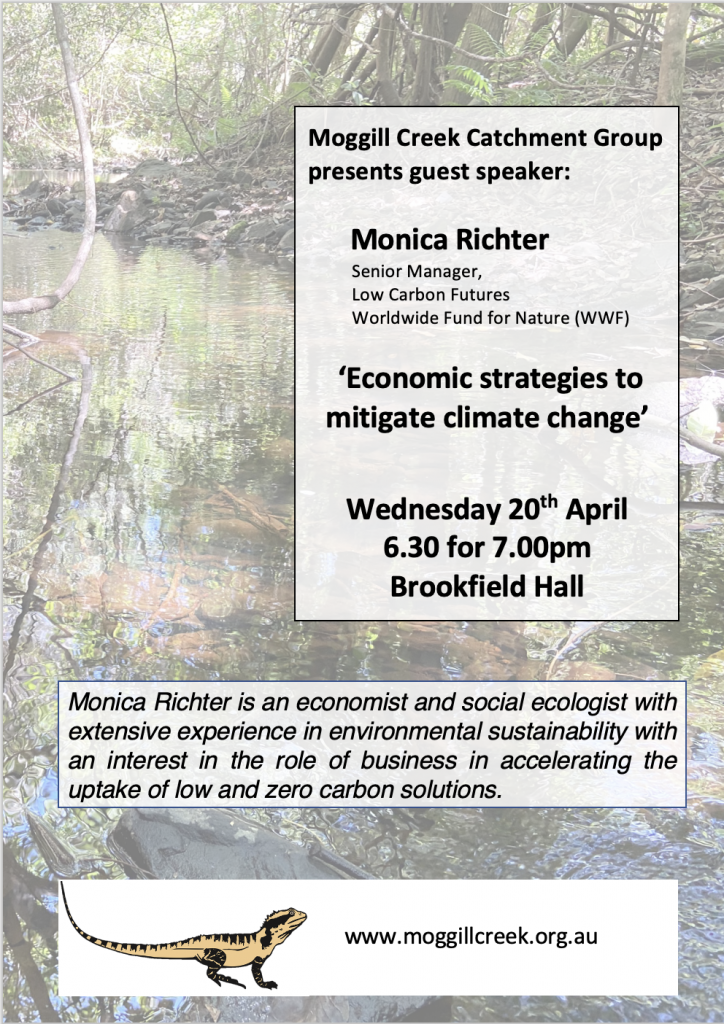
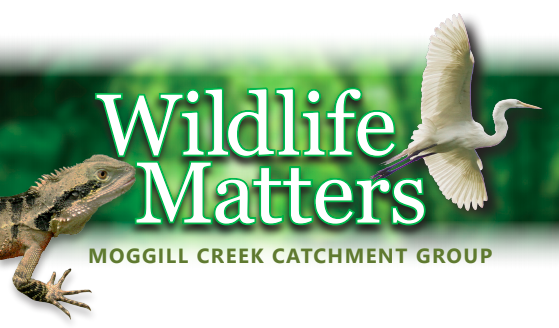
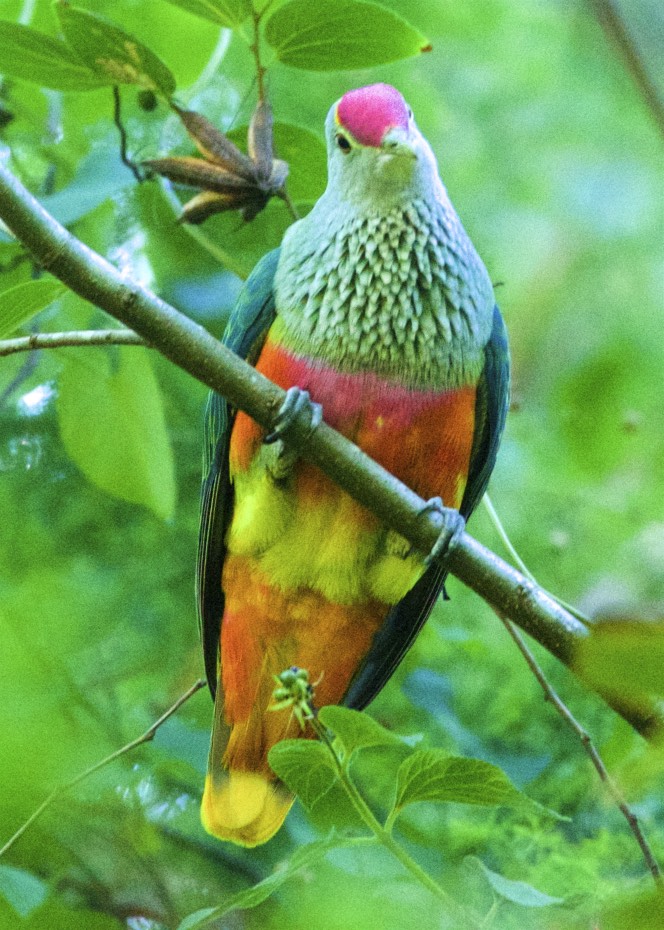

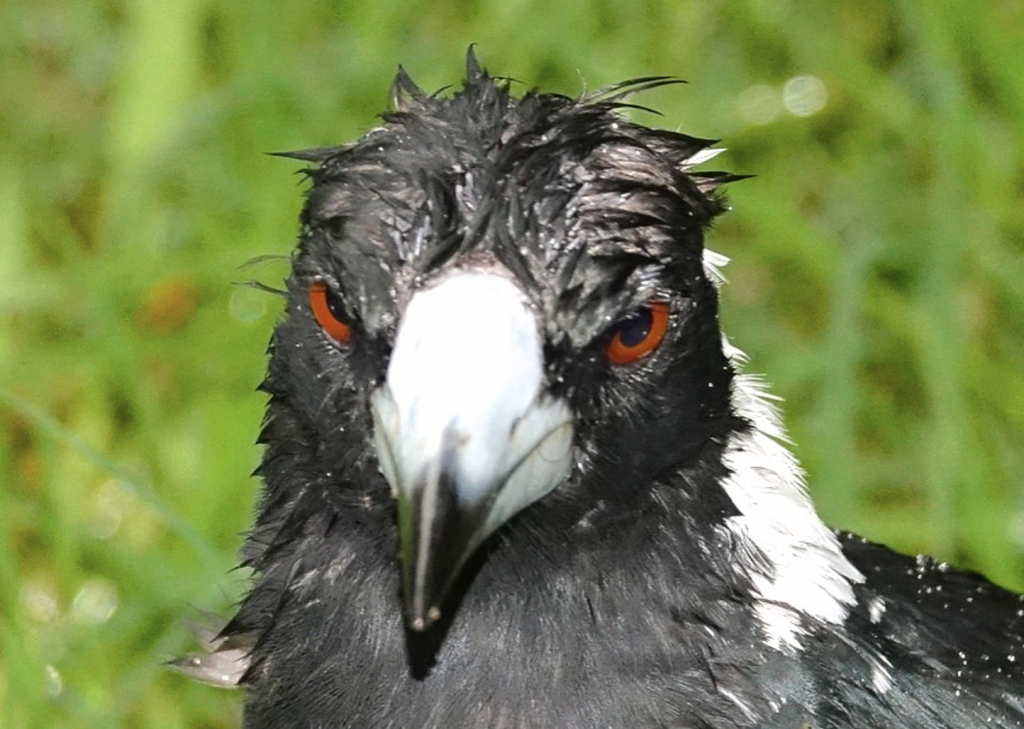
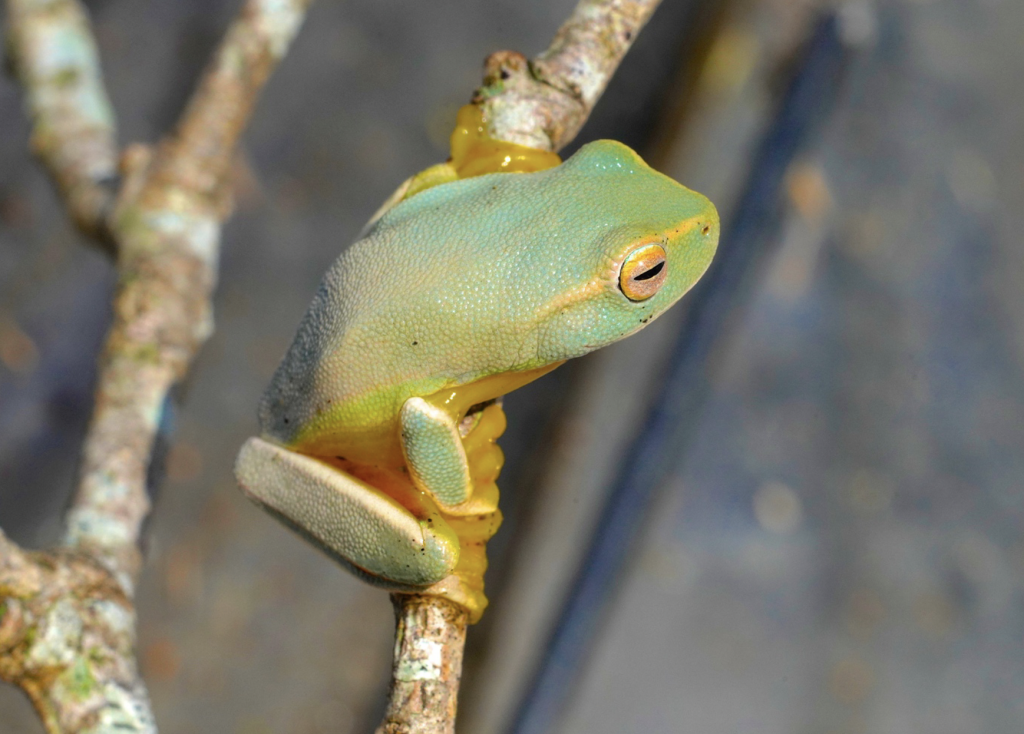
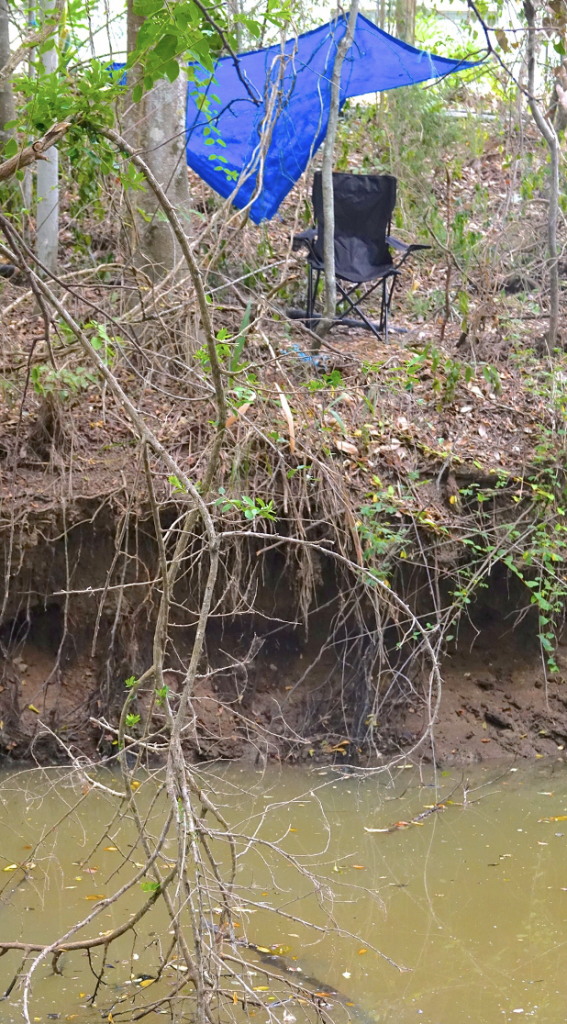
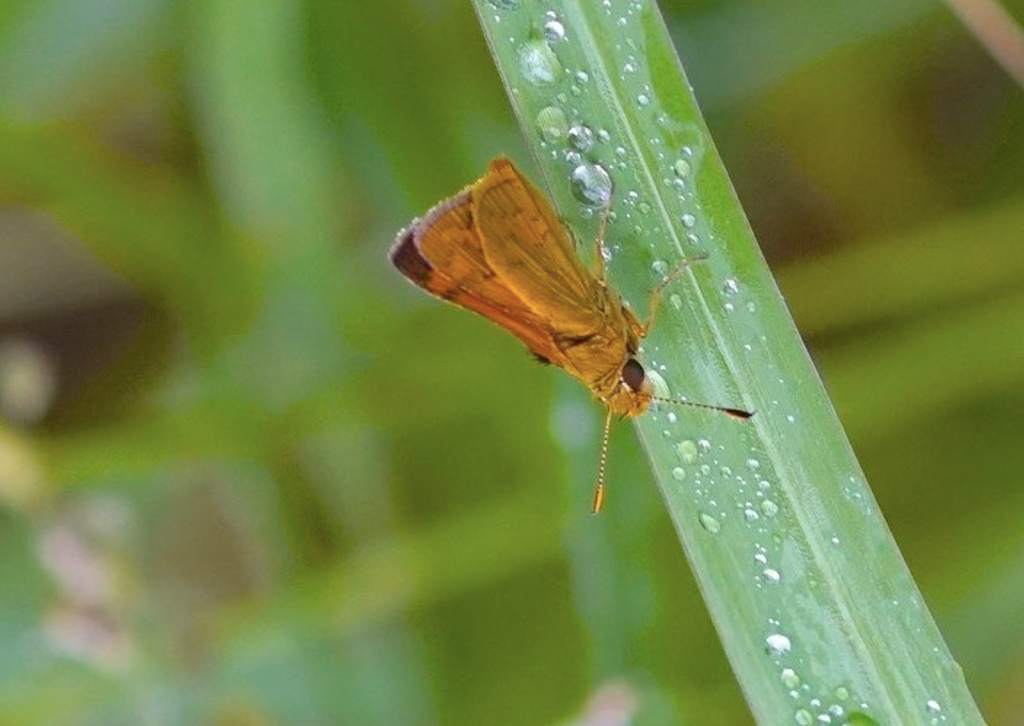
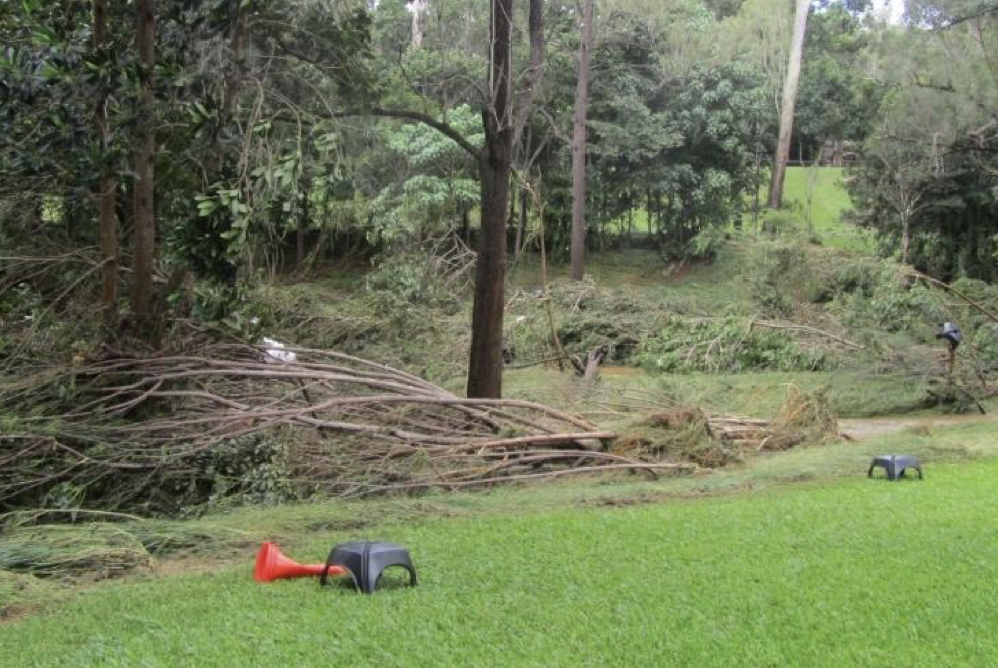
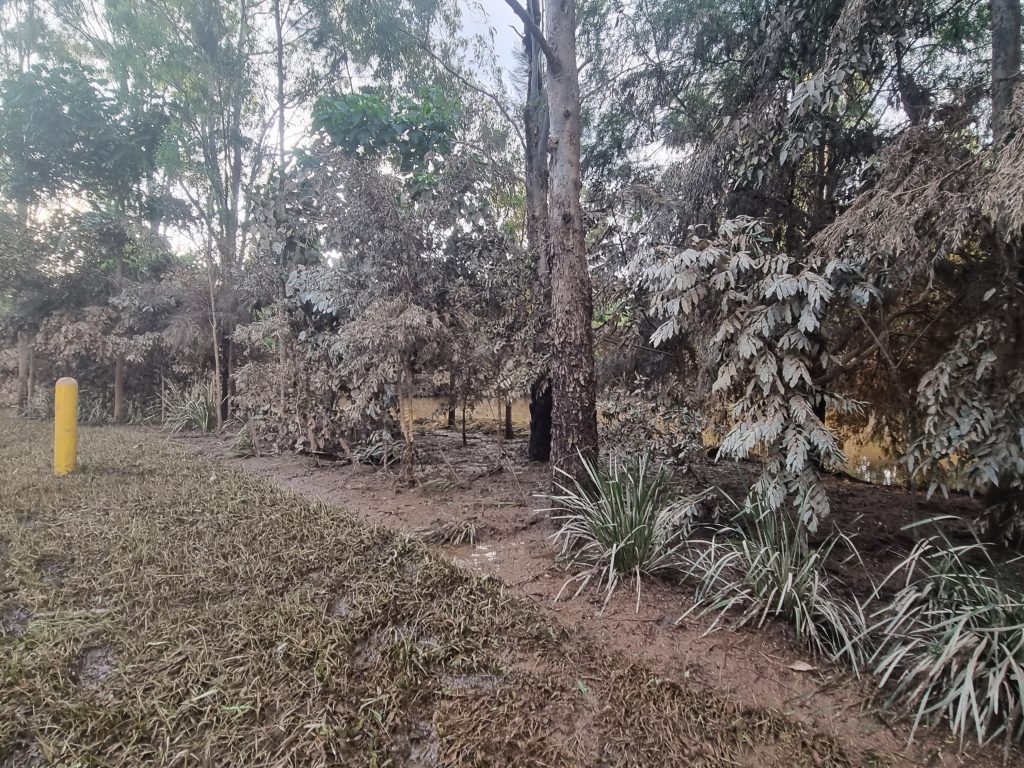 Rowena St bushcare site following Feb/March 2022 floods. Photo: Alex Berghuis
Rowena St bushcare site following Feb/March 2022 floods. Photo: Alex Berghuis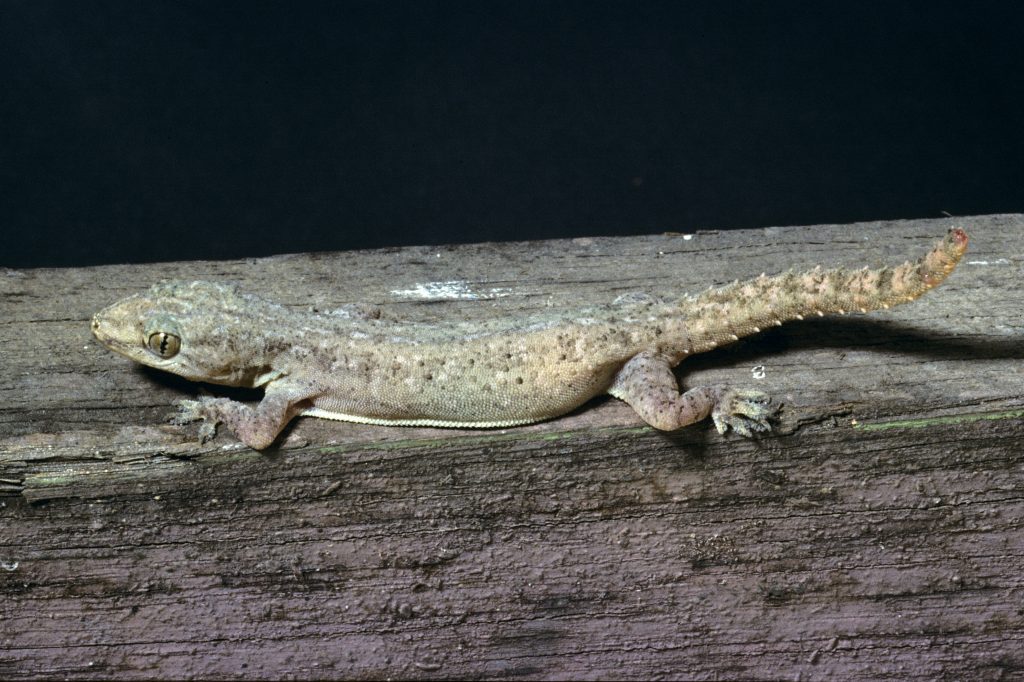
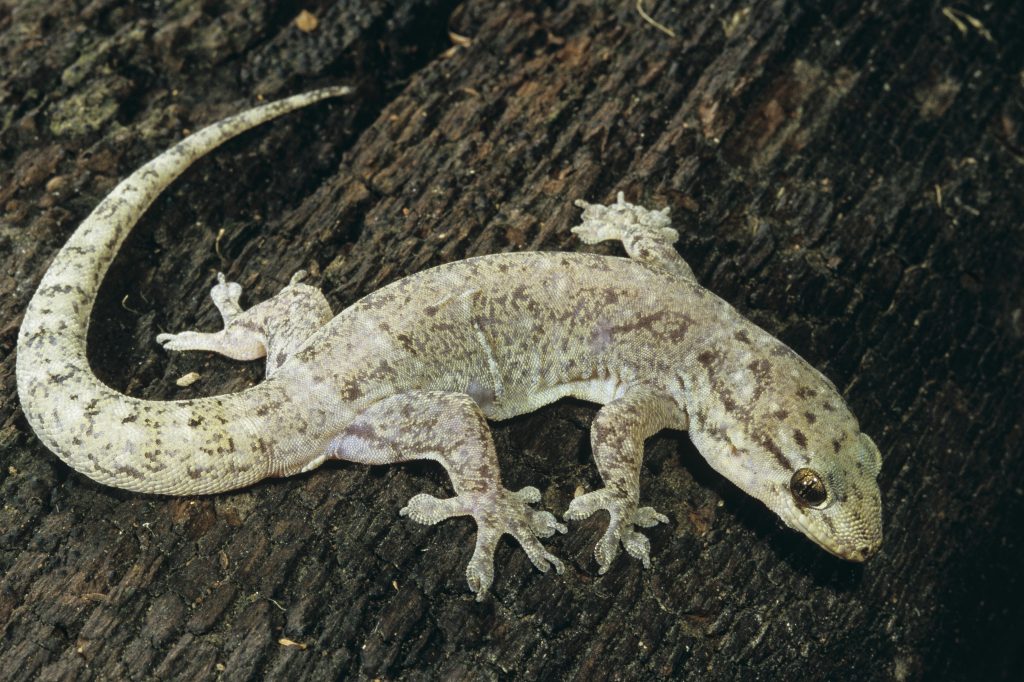
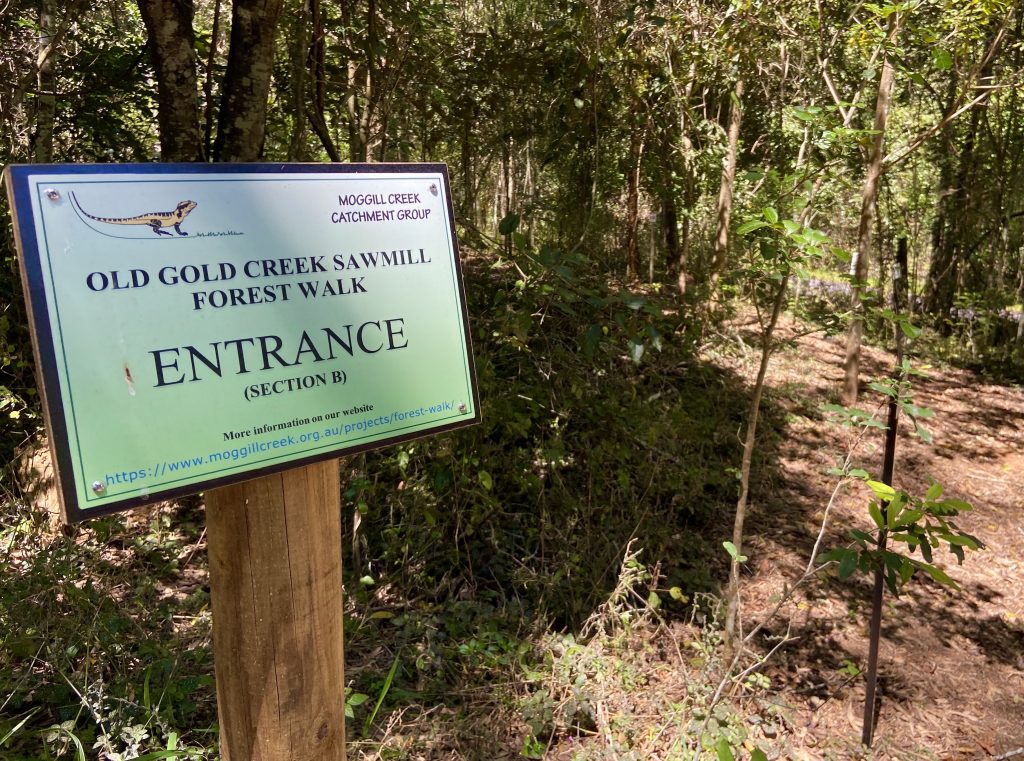
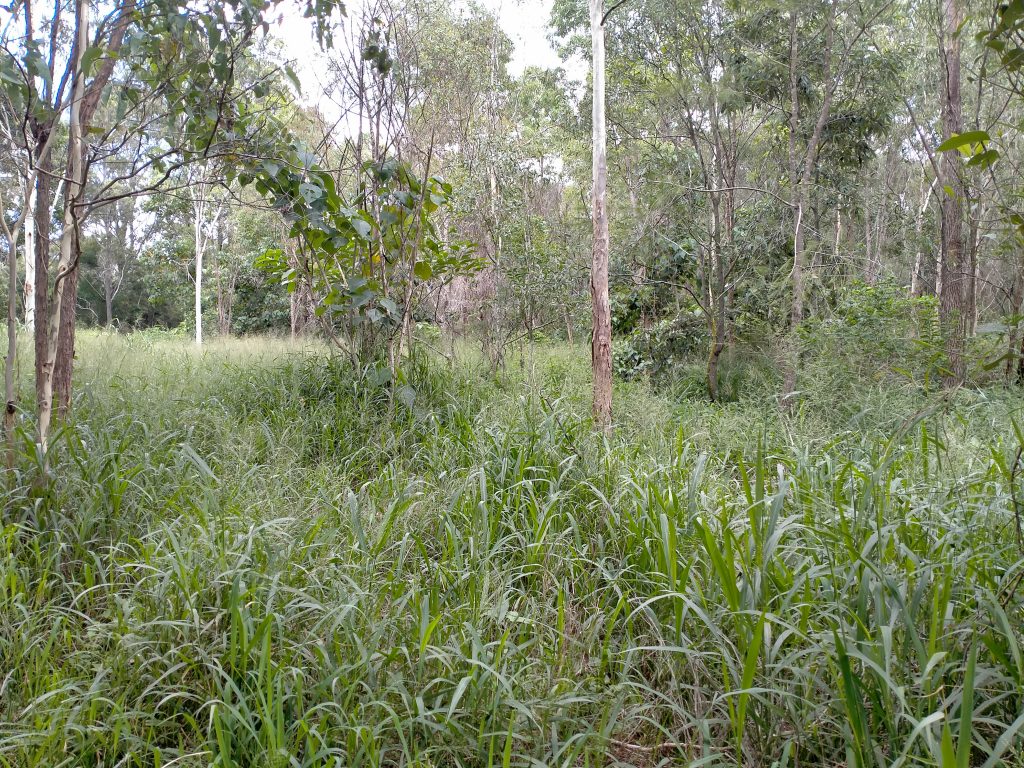 Guinea Grass near Gold Creek
Guinea Grass near Gold Creek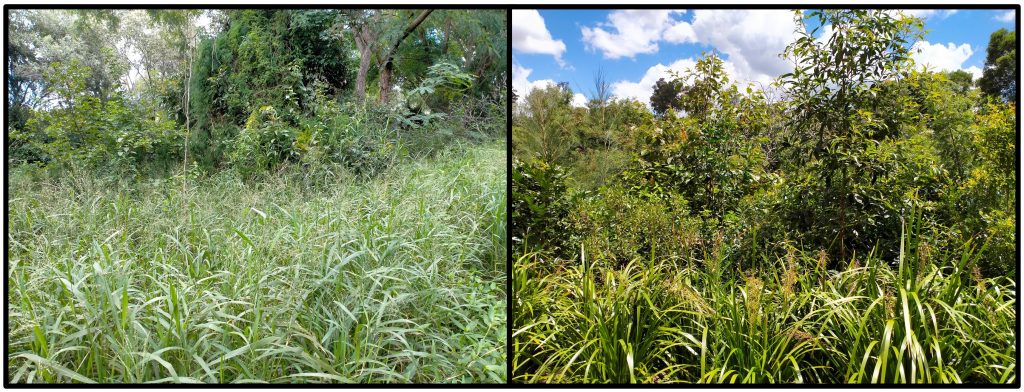 Planting with natives to control Guinea Grass – before and after
Planting with natives to control Guinea Grass – before and after